
Soweto is a township of the City of Johannesburg Metropolitan Municipality in Gauteng, South Africa, bordering the city's mining belt in the south. Its name is an English syllabic abbreviation for South Western Townships. Formerly a separate municipality, it is now incorporated in the City of Johannesburg Metropolitan Municipality, and one of the suburbs of Johannesburg.

Winnie Madikizela-Mandela, also known as Winnie Mandela, was a South African anti-apartheid activist, Mother Of The Nation, politician, and the second wife of Nelson Mandela. She served as a Member of Parliament from 1994 to 2003, and from 2009 until her death, and was a deputy minister of arts and culture from 1994 to 1996. A member of the African National Congress (ANC) political party, she served on the ANC's National Executive Committee and headed its Women's League. Madikizela-Mandela was known to her supporters as the "Mother of the Nation".
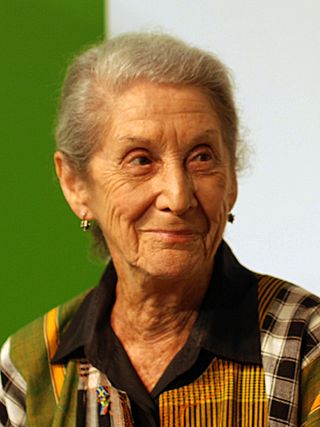
Nadine Gordimer was a South African writer and political activist. She received the Nobel Prize in Literature in 1991, recognised as a writer "who through her magnificent epic writing has ... been of very great benefit to humanity".
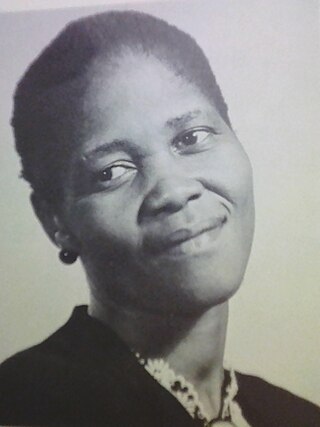
Lilian Masediba Matabane Ngoyi, "Mma Ngoyi", OMSG was a South African anti-apartheid activist. She was the first woman elected to the executive committee of the African National Congress, and helped launch the Federation of South African Women.

A Dry White Season is a 1989 American drama film directed by Euzhan Palcy, and starring Donald Sutherland, Jürgen Prochnow, Marlon Brando, Janet Suzman, Zakes Mokae and Susan Sarandon. It was written by Colin Welland and Palcy, based upon André Brink's novel A Dry White Season. Robert Bolt also contributed uncredited revisions of the screenplay. It is set in South Africa in 1976 and deals with the subject of apartheid. Brando was nominated for the Academy Award for Best Supporting Actor.
In South Africa, a metropolitan municipality or Category A municipality is a municipality which executes all the functions of local government for a city or conurbation. This is by contrast to areas which are primarily rural, where the local government is divided into district municipalities and local municipalities.
Strikes Have Followed Me All My Life is an autobiographical book by Emma Mashinini. It was first published in 1989 by The Women's Press, Ltd., in London, England, and republished in 2012 by Pan Macmillan in Johannesburg with a new foreword by Jay Naidoo.
Sophia Theresa Williams-de Bruyn OMSS is a former South African anti-apartheid activist. She was the first recipient of the Women's Award for exceptional national service. She is the last living leader of the Women's March.

The Conservationist is a 1974 novel by the South African writer Nadine Gordimer. The book was a joint winner of the Booker-McConnell Prize for fiction. It is described as more complex in design and technique than Gordimer's earlier novels.
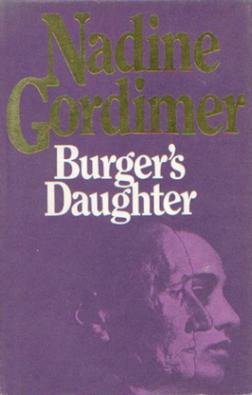
Burger's Daughter is a political and historical novel by the South African Nobel Prize in Literature-winner Nadine Gordimer, first published in the United Kingdom in June 1979 by Jonathan Cape. The book was expected to be banned in South Africa, and a month after publication in London the import and sale of the book in South Africa was prohibited by the Publications Control Board. Three months later, the Publications Appeal Board overturned the banning and the restrictions were lifted.
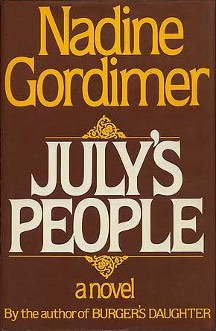
July's People is a 1981 novel by the South African writer Nadine Gordimer. It is set in a near-future version of South Africa where apartheid is ended through a civil war. Unlike Gordimer's earlier work, the novel was ignored by the apartheid government's censor, though the book's South African publisher was later raided by the Security Police.
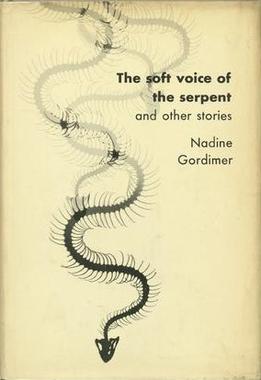
The Soft Voice of the Serpent and Other Stories is the second short story collection by the South African writer Nadine Gordimer, and her first to be published outside South Africa. It was published on May 23, 1952, by Simon & Schuster in the United States, and in the United Kingdom by Gollancz in 1953. It overlaps substantially with her first short story collection, Face to Face (1949), and the stories are set in South Africa.
Nan Cross was a South African anti-apartheid and anti-conscription activist.

There is a wide range of ways in which people have represented apartheid in popular culture. During (1948–1994) and following the apartheid era in South Africa, apartheid has been referenced in many books, films, and other forms of art and literature.

Internal resistance to apartheid in South Africa originated from several independent sectors of South African society and took forms ranging from social movements and passive resistance to guerrilla warfare. Mass action against the ruling National Party (NP) government, coupled with South Africa's growing international isolation and economic sanctions, were instrumental in leading to negotiations to end apartheid, which began formally in 1990 and ended with South Africa's first multiracial elections under a universal franchise in 1994.

Regina Mundi, designed by architect Anthony Noel Errol Slaven, is the largest Roman Catholic church in South Africa. It is located in Rockville, Soweto, a populous black urban residential area within the city of Johannesburg. Due to the role it played as a place of gathering for the people of Soweto in the years before, during, and after the anti-apartheid struggle, it is often referred to as "the people's church" or "the people's cathedral".

What Happened to Burger's Daughter or How South African Censorship Works is a 1980 collection of essays by South African novelist Nadine Gordimer and others. The book is about the South African government's banning and subsequent unbanning of Gordimer's 1979 novel Burger's Daughter.
Emma Mashinini was a South African trade unionist and political leader. Living in Johannesburg, her family was forcibly displaced several times during her childhood. She started working at age 14 and soon became a union organiser at her garment factory. She became active with the African National Congress (ANC) in 1956. Mashinini served for 12 years on the executive board of the National Union of Clothing Workers (NUCW) and founded the South African Commercial, Catering and Allied Workers Union (SACCAWU) in 1975. She was arrested and detained without charges for six months in 1981–82.
The Workers' Library and Museum was a non-profit labour service organisation (LSO) active in Johannesburg, South Africa between 1987 and the early 2000s. The organisation provided a meeting and learning centre for labour activists as well as students from the nearby Alexandra and Soweto areas. In 1994, it was expanded into the Workers and Museum in Newtown, Johannesburg, with the only museum in South Africa focussed on working people other than the Slave Lodge, Cape Town.
Winifred "Freda" May Levson was a South African activist. Levson fought against apartheid throughout her life. Her 1950 book, In Face of Fear: Michael Scott's Challenge to South Africa, brought public attention to the issues of racial segregation in Africa and also to the work of Reverend Michael Scott.













